(NLDO) - Two observatories have jointly identified a pair of incredible objects hidden near the "monster heart" of the Milky Way galaxy containing Earth.
According to Sci-News, telescopes from the European Southern Observatory (ESO) and the US WM Keck Observatory have confirmed the existence of a strange binary star system in the S cluster near Sagittarius A*, the central black hole of the galaxy containing Earth.
Sagittarius A* is orbited by high-velocity stars and dusty objects, collectively known as the S cluster.
But a binary star system — two stars gravitationally bound together around a common center of gravity — is thought to be impossible in this region.
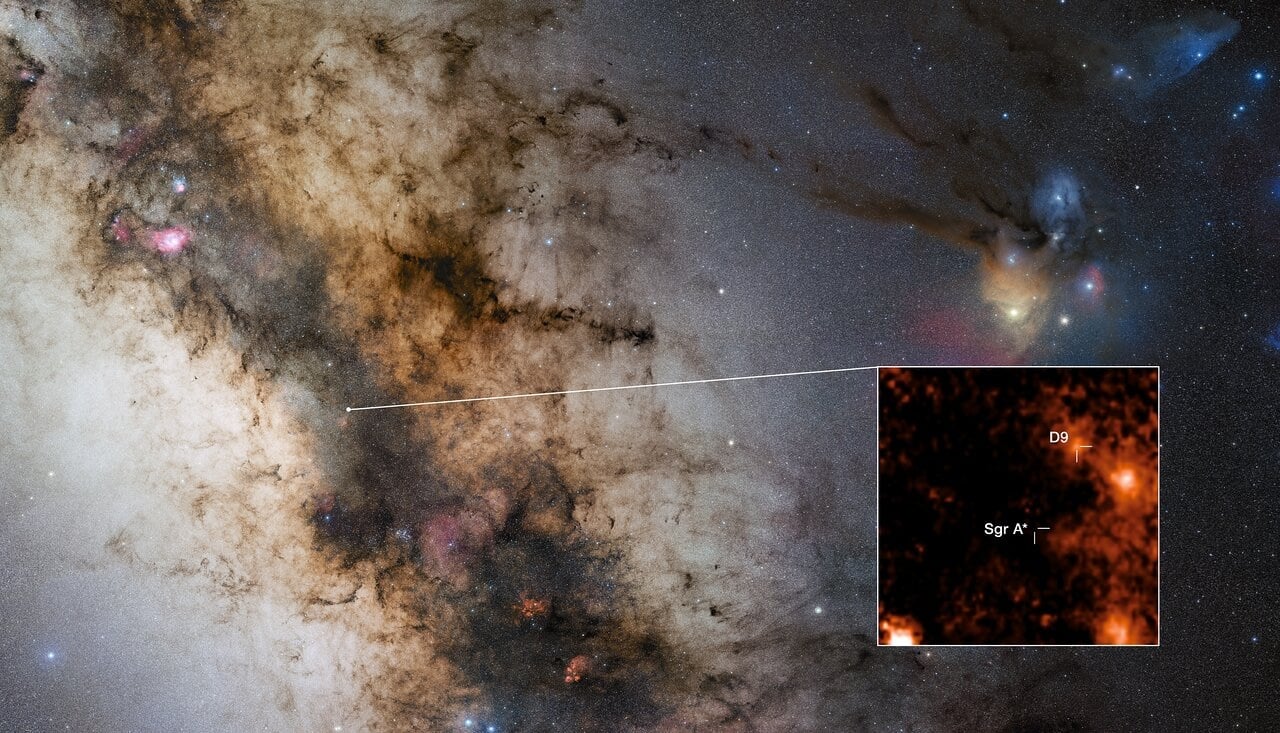
The image shows the existence of the strange D9 couple next to the monster black hole at the center of the galaxy containing Earth - Photo: ESO
Because theories suggest that if they reside in the S cluster, the stars would be constantly impacted by the monster Sagittarius A* and would not be able to maintain their connection. But the new discovery has overturned those theories.
Dr Florian Peißker, from the University of Cologne (Germany), lead author of the study on the strange binary star system, said: "Black holes do not cause destruction as we think. Some binary stars can thrive in a short time, even under destructive conditions."
The type of binary star near the "monster heart" of the galaxy containing Earth would be unlike other binary star systems we normally observe in the area around the globe.
Dubbed D9, the newly discovered binary star system is estimated to be just 2.7 million years old.
D9 will only exist in its current state for about 1 million years, before the strong gravity of Sagittarius A* causes it to merge into a single star.
That's a very short time in the life of a celestial body. For comparison, our "middle-aged" Sun is more than 4.6 million years old.
According to co-author Dr Emma Bordier from the University of Cologne, this discovery shows that this type of structure that seems impossible to exist is real, and possibly not rare.
However, there is only a very short "window of time" in which these short-lived objects can be observed, so they are less likely to be detected than individual stars.
The D9 system shows clear signs of the presence of gas and dust around the stars, suggesting they may have only recently formed in this seemingly "hellish" region.
Those signs also suggest an even more exciting possibility: the presence of planets in the gas and dust surrounding the pair.
More observations will be needed to verify the planet hypothesis, but the new discovery of D9 certainly shows that the universe still has objects that can withstand the harsh conditions around monster black holes.
Source: https://nld.com.vn/lo-dien-thu-le-ra-khong-the-ton-tai-giua-thien-ha-chua-trai-dat-196241219111158914.htm


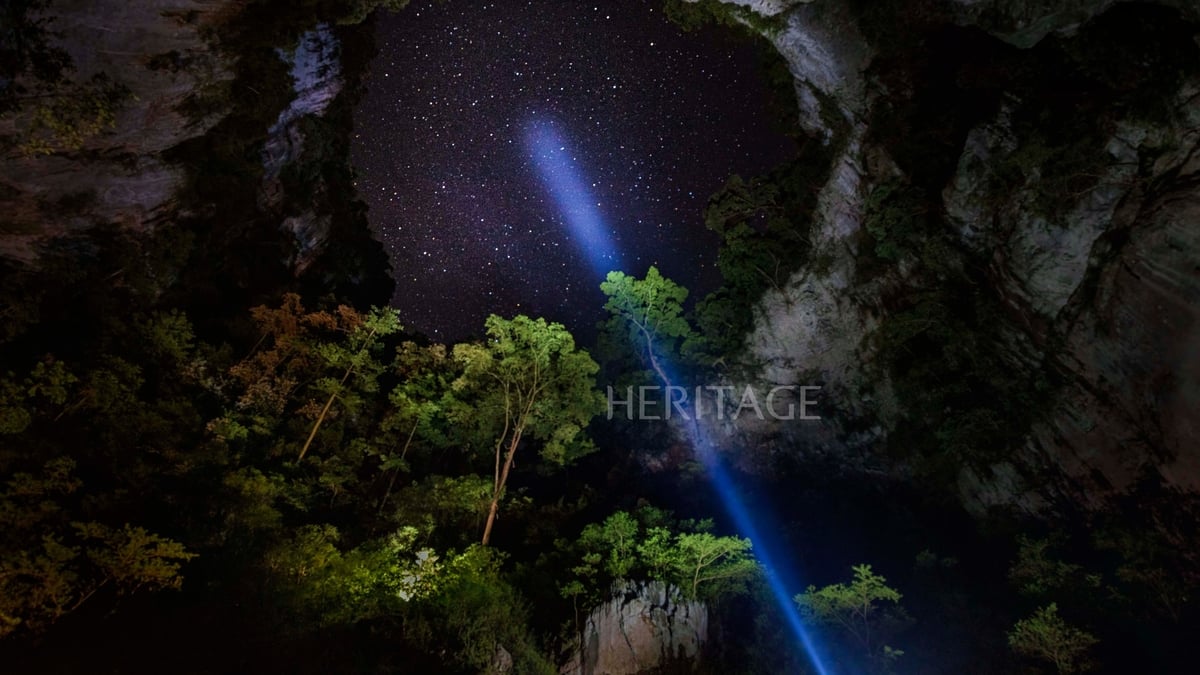


![[Photo] Party and State leaders attend the special art program "You are Ho Chi Minh"](https://vphoto.vietnam.vn/thumb/1200x675/vietnam/resource/IMAGE/2025/5/18/6895913f94fd4c51aa4564ab14c3f250)
![[Photo] Many young people patiently lined up under the hot sun to receive a special supplement from Nhan Dan Newspaper.](https://vphoto.vietnam.vn/thumb/1200x675/vietnam/resource/IMAGE/2025/5/18/6f19d322f9364f0ebb6fbfe9377842d3)
![[Photo] Ready for the top competitions of Vietnamese table tennis](https://vphoto.vietnam.vn/thumb/1200x675/vietnam/resource/IMAGE/2025/5/18/9c547c497c5a4ade8f98c8e7d44f5a41)
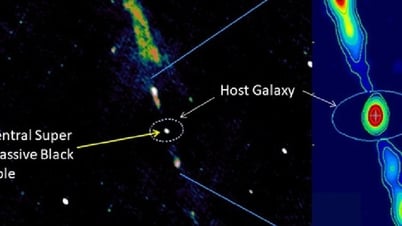



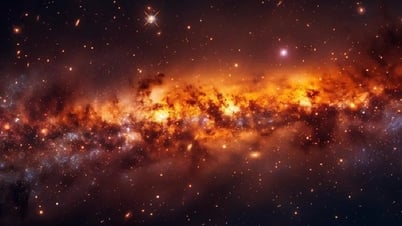
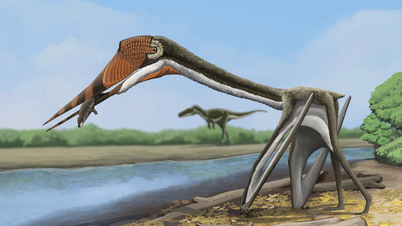
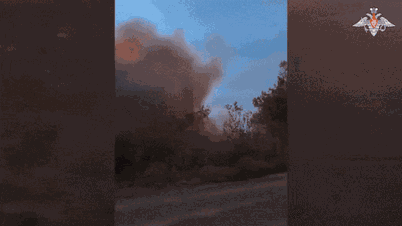







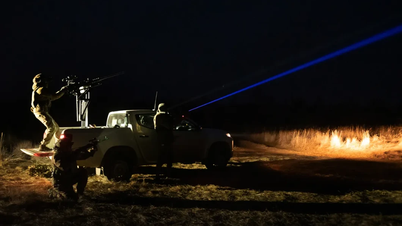



























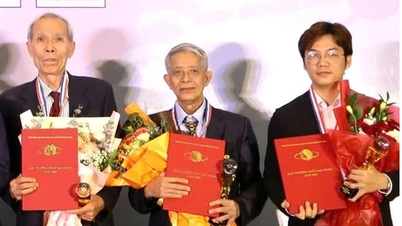


































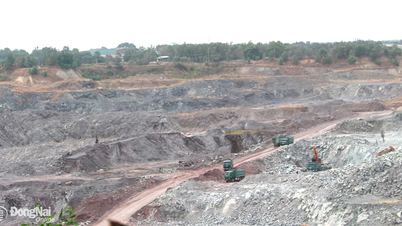











Comment (0)